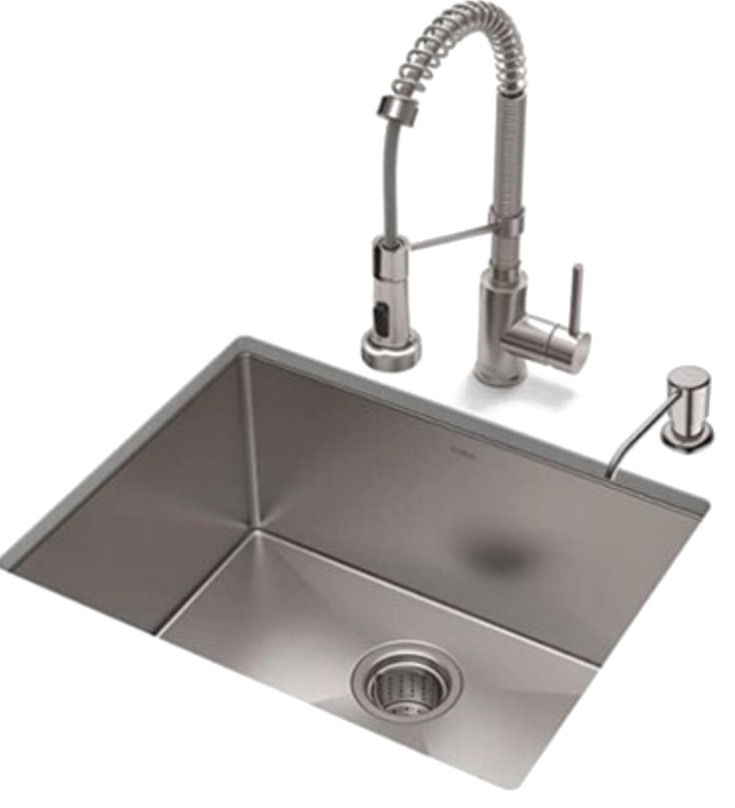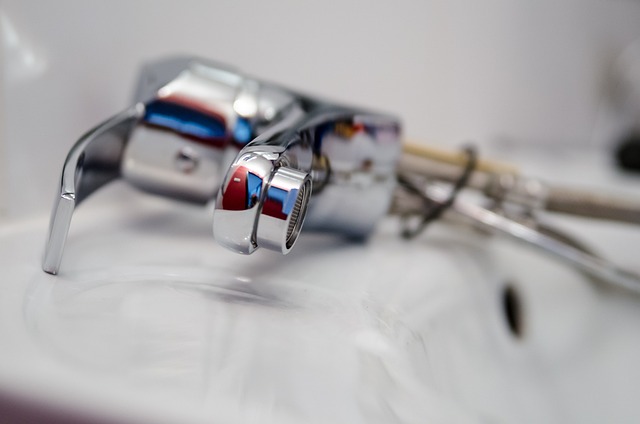How to Tighten a Loose Kitchen Faucet Base? Is your kitchen faucet base loose and wobbly? Do you wonder why it happens and how you can fix it yourself? A loose kitchen faucet base can be annoying and may lead to leaks if not addressed.
In this guide, we’ll show you how to tighten a loose kitchen faucet base step-by-step. We’ll answer common questions like what tools you need and how to prevent the problem from happening again. With simple instructions, you’ll have your faucet secure in no time.

Understanding the Problem
Before fixing a loose kitchen faucet base, it’s helpful to understand why it happens. Daily use and minor leaks can cause the mounting nuts and bolts to loosen over time. Each time you use the faucet, small movements can gradually loosen these fasteners.
Another common cause is water leaks. Even small leaks can dampen the area around the faucet base, leading to corrosion or rust. This moisture can weaken the metal parts, making it harder for the faucet to stay secure.
Regular kitchen faucet maintenance can prevent these issues. Check for looseness or leaks periodically and address them promptly. By understanding these causes, you’ll be better prepared to keep your faucet base secure and avoid more significant problems in the future. Now, let’s move on to the steps to tighten your loose kitchen faucet base.
Identifying the Tools Needed
To tighten a loose kitchen faucet base, gather the following tools:
- Adjustable wrench
- Screwdriver
- Basin wrench
- Flashlight
Step-by-Step Guide to Tightening the Faucet Base
Step 1: Turn Off the Water Supply
First, ensure there’s no water flowing by turning off the water supply. Find the shutoff valves under the sink and turn them clockwise until they’re fully closed. If you can’t locate them, you may need to turn off the main water supply to your home.
Step 2: Clear the Area Under the Sink
Next, make some space. Clear out everything stored under the sink—cleaning supplies, bins, and other items. This gives you enough room to work comfortably without any obstructions.
Step 3: Inspect the Faucet Base
Now, grab a flashlight and take a close look at the base of your faucet. Check for any loose screws or bolts. These are usually found where the faucet meets the sink. Spotting these is the first step in fixing the problem.
Step 4: Tighten the Mounting Nuts
With a basin wrench, reach up to the mounting nuts that hold the faucet in place. Turn the nuts clockwise to tighten them. Make sure they’re snug, but don’t over tighten them—you don’t want to damage your faucet or sink.
Step 5: Check the Escutcheon Ring
The escutcheon ring is the round plate covering the base of the faucet. It might be loose too. If it is, gently tighten it using an adjustable wrench. This helps ensure the entire base is secure.
Step 6: Test the Faucet
Turn the water supply back on and test the faucet. Make sure there are no leaks and that the faucet base is stable. Turn the faucet on and off a few times to check if it stays secure. If it’s still loose, repeat the tightening process.
Step 7: Regular Maintenance
Finally, to keep your faucet base tight in the future, perform regular checks. Periodically inspect the mounting nuts and escutcheon ring to make sure they stay tight. Fix any leaks right away to prevent further issues.
By following these simple steps, you can easily tighten a loose kitchen faucet base. Regular maintenance will keep your faucet in top shape, ensuring a smooth and stable kitchen sink experience. Enjoy a secure and leak-free faucet, making your kitchen tasks much easier!
Maintaining a Tight Faucet Base
After tightening your loose kitchen faucet base, it’s crucial to maintain its stability to prevent future issues. Here are essential tips for keeping your faucet base secure:
Perform Regular Inspections
Every few months, inspect the faucet base for any signs of looseness. Check under the sink and around the faucet. If you notice any wobbling, tighten the mounting nuts promptly to prevent further problems.
Check for Leaks
Regularly inspect for water leaks around the faucet. Even minor leaks can weaken the base over time. Tighten connections or replace worn-out washers to stop leaks promptly.
Clean the Faucet Regularly
Keep the faucet and its base clean to maintain stability. Use a gentle cleaner and soft cloth to remove dirt and grime. Avoid harsh chemicals that can damage the finish or seals.
Avoid Over-Tightening
Ensure mounting nuts are snug but not overly tight. Over-tightening can damage the faucet and sink. Maintain a balance to keep the faucet secure without causing harm.
Use the Faucet Gently
Handle the faucet with care to maintain its stability. Avoid applying excessive force when turning it on or off. Gentle use helps prevent the base from loosening over time.
Address Issues Promptly
If you notice any problems with the faucet base, address them promptly. Early intervention prevents larger, costlier repairs later on. Regular maintenance ensures a reliable and long-lasting kitchen faucet.
By following these maintenance tips, you can ensure your kitchen faucet base remains tight and secure, allowing you to enjoy hassle-free daily use.




